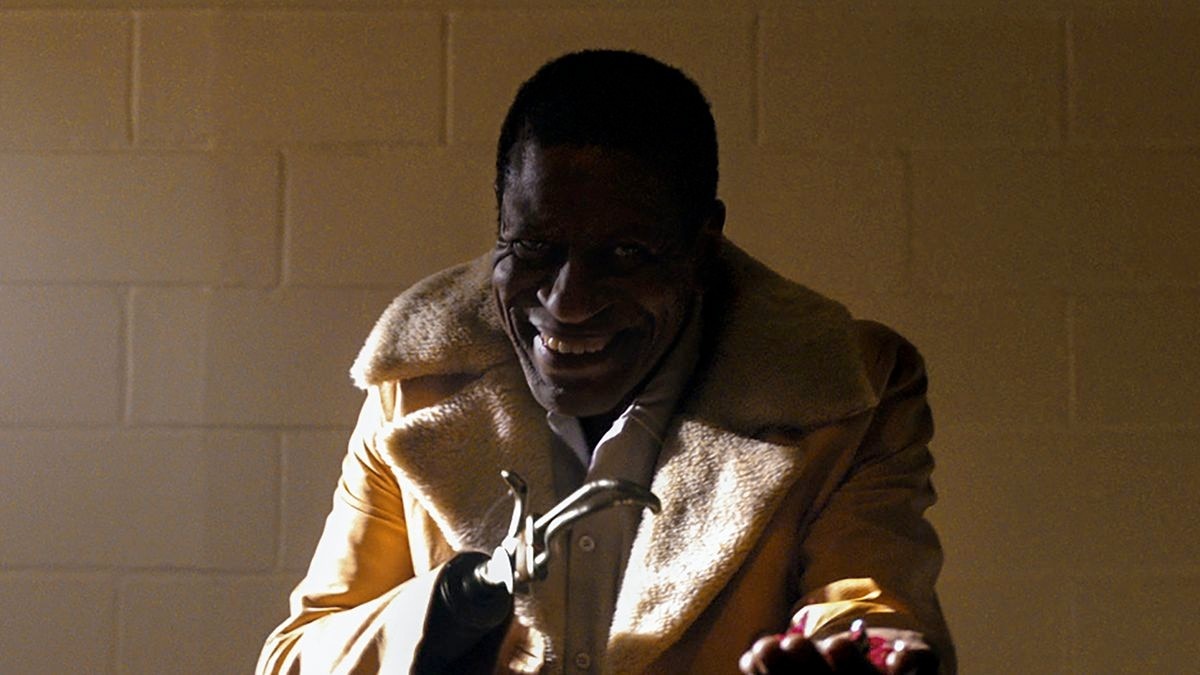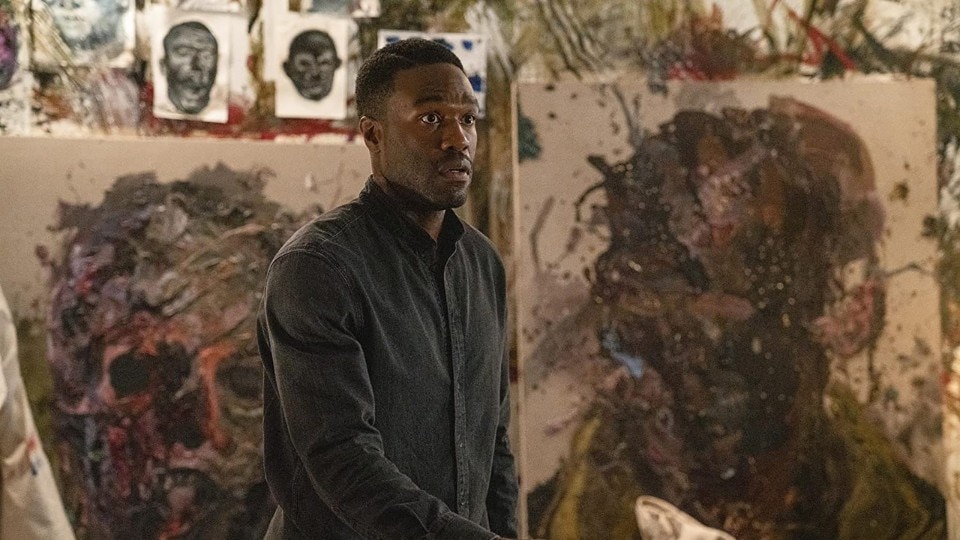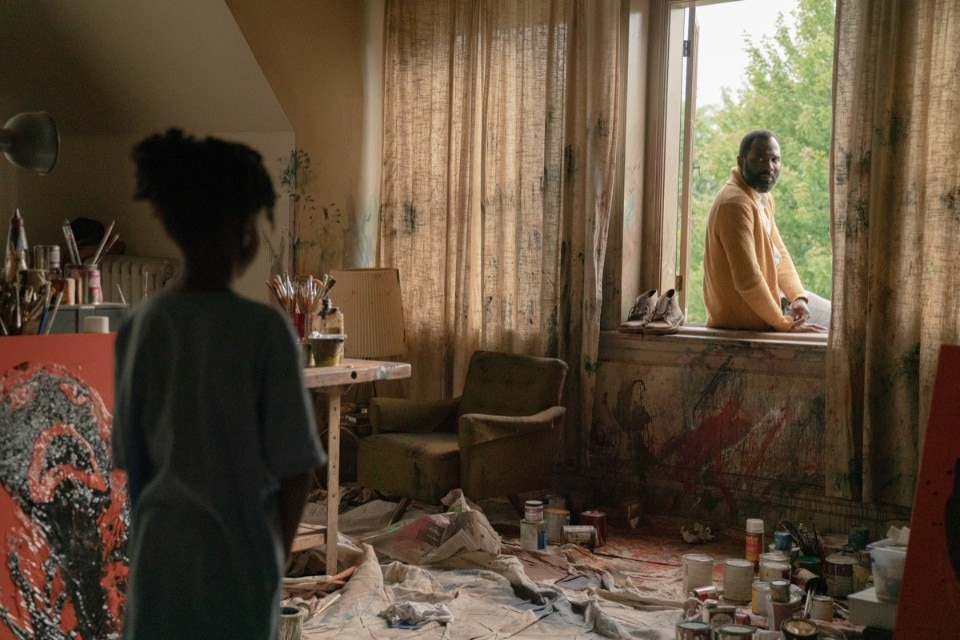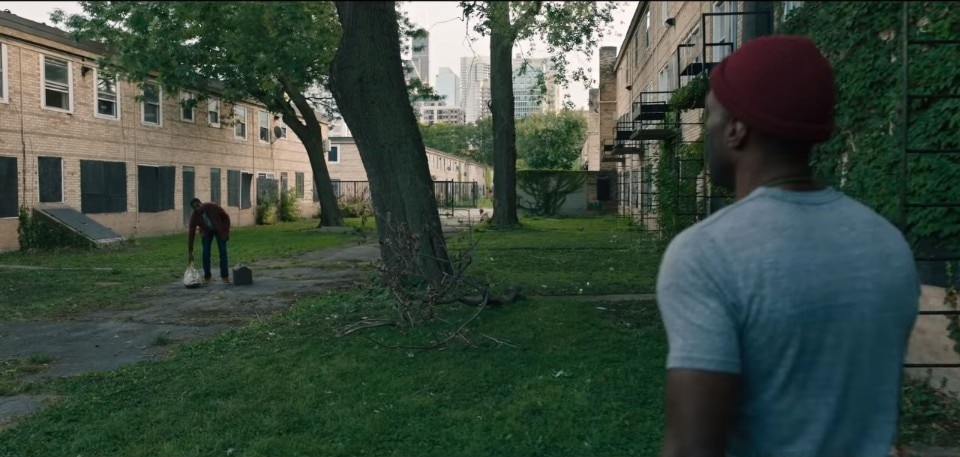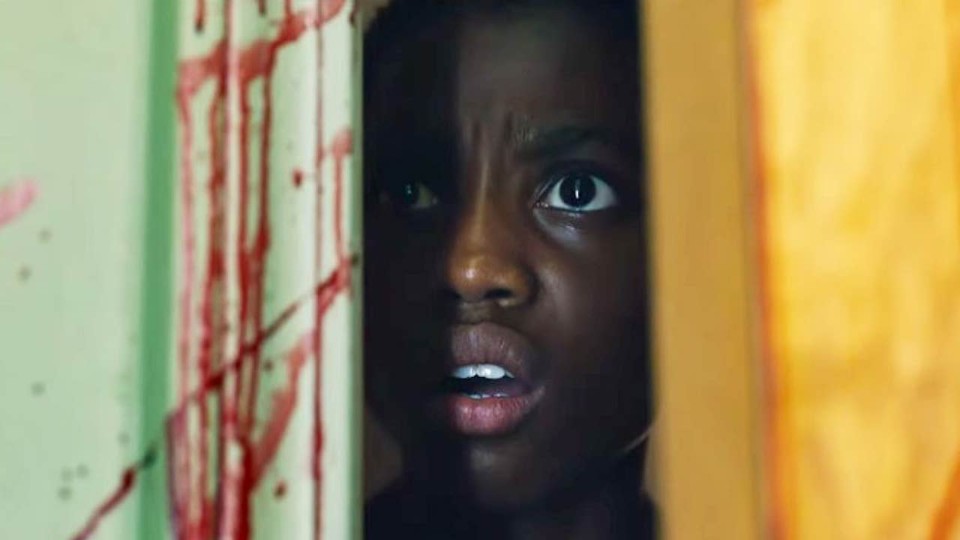It is the buildings that create the monsters. The buildings that open Candyman, a film that picks up the threads from where the 1992 film of the same name left off and launches the gentrification-horror genre, a story of monsters who appear and kill to avenge the demons of urban redevelopment. It is a story of high, large, new buildings full of upper-class flats that have replaced the original ones in Cabrini Green. A real Chicago neighbourhood, for almost the entire 20th century synonymous with decay, crime and the African-American ghetto, in the late 1990s gradually it was colonised by artists, redeveloped and is now almost unrecognisable. On the fringes of those buildings the original inhabitants still live, progressively driven further away by rising prices and aggressive buyers. A true story that creates a fictional one in the film.
Jordan Peele, first a genius of television humour and then a director with a crazy debut (Get Out is his first film, Us his second) is behind this film.
Peele shoots and writes horror stories whose theme is always how racism is changing in American society, and what the new forms of unequal relationships between white and black people actually are. This time he only wrote the film, while the direction, very clean, glossy but also aware it is a classic horror film, is by Nia DaCosta. Candyman takes up an old genre, the 1990s Nightmare-style slasher, with a supernatural demonic presence that threatens and carries out a series of homicides. In the first film the monster was the result of white crimes of the past, today it is the result of the exploitation of African-American art and creativity. On those buildings there in Cabrini Green, on those ruins, new forms of exploitation are still being erected upon the old ones.
Cabrini Green at the worst moment of its history, in the 1970s and 1980s, housed 15,000 people. It was a housing estate where crime had taken over and no one was able to clean it up. So much that in 1981, Chicago Mayor Jane Byrne moved to live in Cabrini Green in an attempt to gain support, but stayed only three weeks. Throughout the 1990s, the progressive exploitation of the surrounding areas and the relative low price of land in the neighbourhood prompted investors to buy, demolish and rebuild, attracting the type of inhabitants who more than others combine a lack of money with the need for property in redevelopment areas: artists.
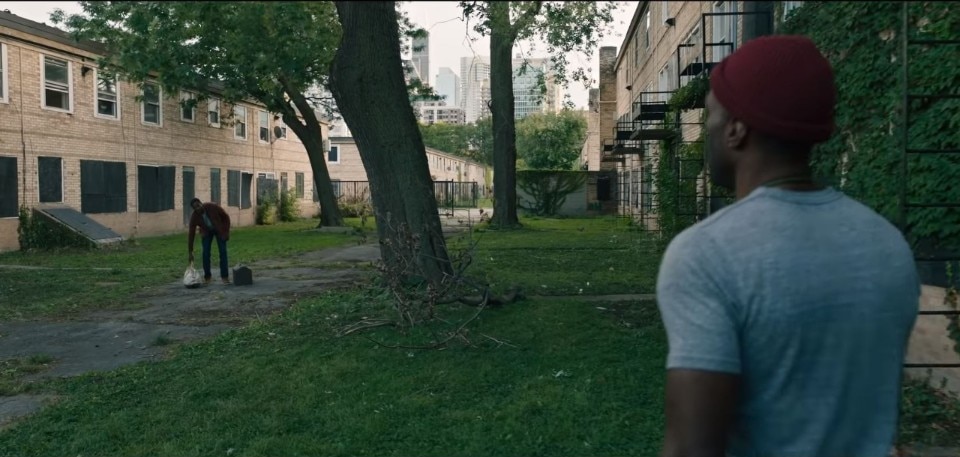
The film’s protagonists are in fact artists, African Americans who are well-off, as always in Jordan Peele’s films. She is an art dealer, he is a painter working on art that speaks of the problems of African-Americans but paid for by whites who are happy to finance political works because they sell so well. And when the first deaths arrive at Cabrini Green, the paintings of the protagonist go through the roof. It is pure Afro-surrealism, the artistic movement born in the 1930s but revived in cinema in recent years (thanks to Jordan Peele, but also to films such as Sorry To Bother You or Queen & Slim), which uses surreal, i.e. fantastic, situations to describe the position of African-Americans. In this case, the art trade provides the framework of the action.
It is pure Afro-surrealism, the artistic movement born in the 1930s but revived in cinema in recent years (...), which uses surreal, i.e. fantastic, situations to describe the position of African-Americans.
Candyman’s first murder takes place in an art gallery and the protagonist, possessed by the demon with a hook instead of a hand and a disfigured face, vents everything in a furious pictorial production that leads his fellow gallery owner to be admitted into the circle of the great white gallery owners not because of what she is, but because they can exploit the appeal of an African-American name. So while Candyman possesses people, whites exploit people, until it all turns against them. Because in contemporary Afro-surrealist films everything passes through the black body, the body of African Americans that is coveted by white people in Get Out, is duplicated in Us, is a voice that has to be disguised as a white person in Sorry To Bother You and here is possessed by a demon. There is always someone else or something else acting in their place.
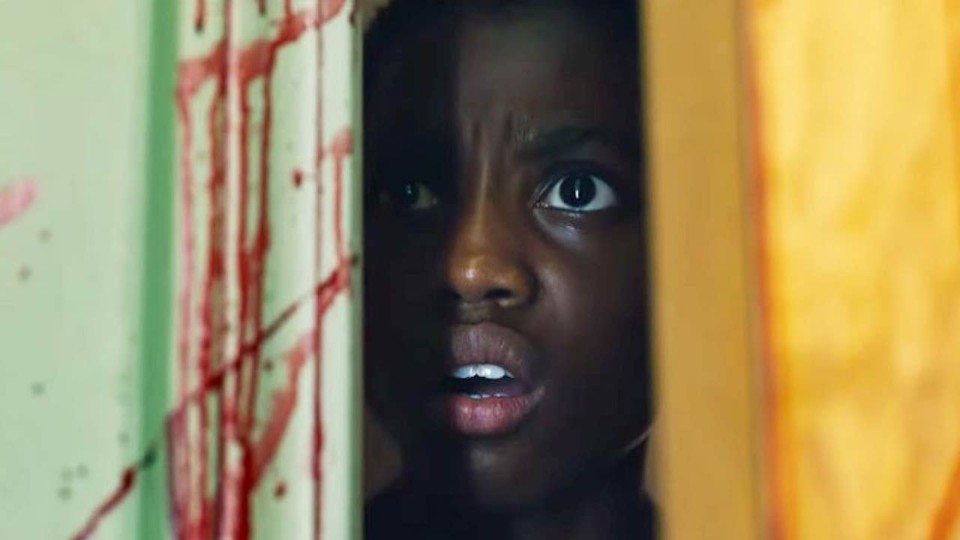
After all, the most important Afro-surrealist novels dealt with similar themes. Ralph Waldo Ellison’s Invisible Man in the 1950s told the story of an Afro-American who, because of a series of paradoxical situations, began to live as a white man. On the other hand, the 1980s novel Beloved by Toni Morrison, though the story of a ghost house, told the story of a former slave girl. Houses, bodies, black people who become white or white people who possess black bodies. Candyman, which despite everything remains a horror film with blood and terrifying scenes, sets the situation in the context of the art trade, in the installations and through an artist protagonist who creates a series of works precisely to “draw attention” to Cabrini Green’s story of oppression, criticizing with great irony how the African-American is fashionable.
And after all, Jordan Peele himself is fashionable, he is sought after by the most important productions today precisely because he creates stories that tell the theme everyone wants to market today: the need for greater diversity in society, black redemption, diversity as an element of strength. In this sense, the element of great modernity and intelligence of Candyman lies in how it shows that art itself is the instrument of oppression. What seems like an achievement in itself (to be an appreciated artist) is just another form of external control. Just another way for society to make African Americans work for someone else’s profit.
True oppression is translated into artistic production because, for Jordan Peele, modern racism lies in the exploitation of what African-Americans can do. “White people like what we do, it is us they don’t like”, they say at one point.
And so it’s the crumbling architecture of the old neighbourhood that remains in Cabrini Green that has marginalised that area and made it a place where the terrible events that created the Candyman monster could take place (an animated flashback tells it very well). It is the modern architecture which Nia DaCosta frames, on the other hand, with a refined choice, within urban clouds, that has left behind the poor part of the African-American community to make way for a new one, made up of artists. Art galleries are the thermometer measuring the presence of the pioneers of redevelopment, the artists. And finally, the paintings are the protagonist’s delirium.


